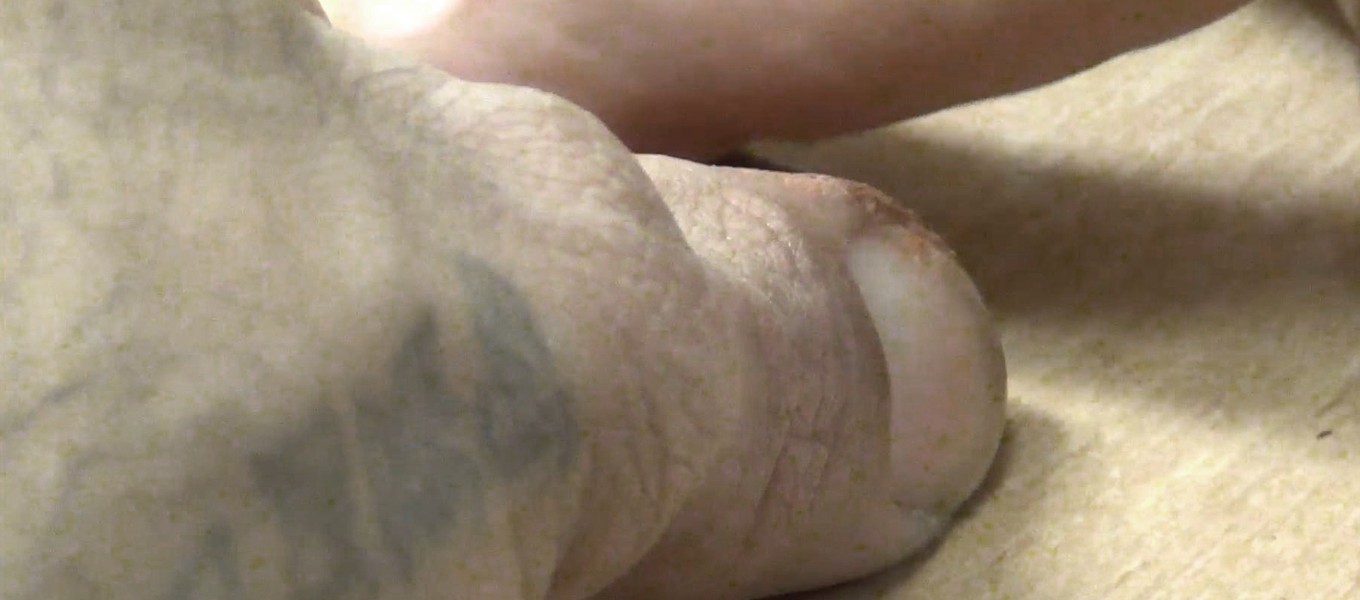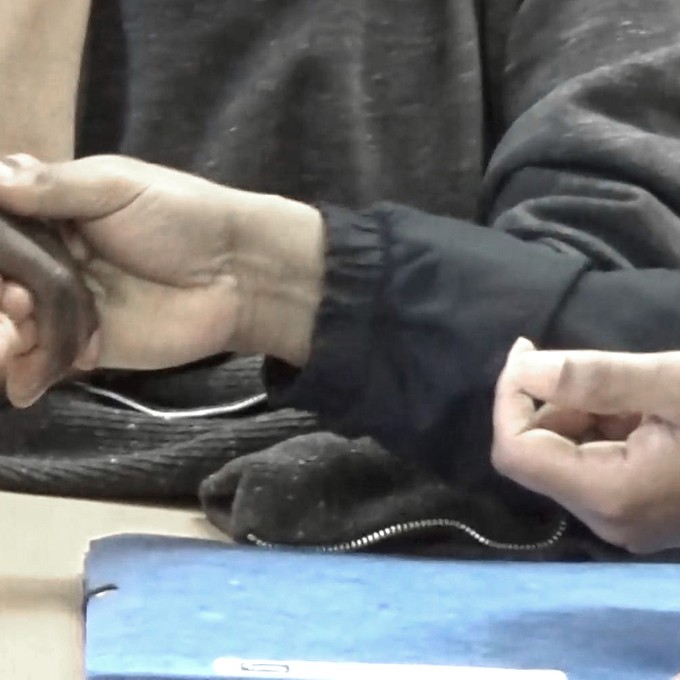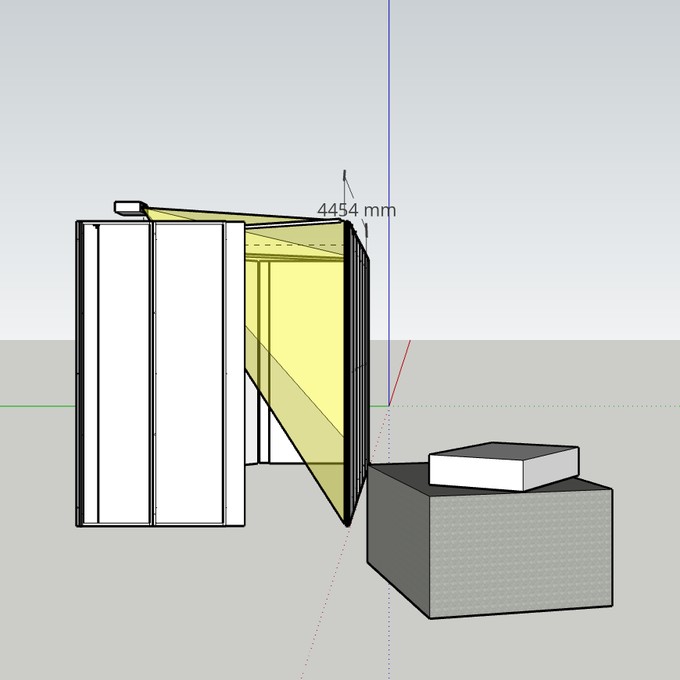Jules Ramage
Ghostmarkets - Installation - 2022
présentée dans le cadre de l'exposition Panorama 24



Installation
Ghostmarkets was born out of fieldwork begun in prison in September 2019. Taking as their starting point the prohibition of all transactions in the carceral space, ten male prisoners set about creating a network of monetary production within the walls. The debates that take place during this process reveal the prior existence of an underground economic system of which barter and alternative currencies, such as cigarettes, were only the fragments: an invisible infrastructure based on the exchange of services, honour debts and the performance of masculinity determines the structure of the prison hierarchy. Directing and capturing these exchanges, Jules Ramage gradually measures the stakes bound up with the images produced: the SD card verification protocol transforms his camcorder into a surveillance tool; moreover, the legal obligation to have the captures validated by the prison administration converts it into an institutional communication tool. Over the weeks, gifts and counter-gifts testify to the deep symbolic exchanges that take place with his work group and the power issues at play in the interstices of the project. In order to transcribe the complexity of this experience, and to pay homage to his imprisoned collaborators, he has chosen to organise his audio, video and textual archives into a double device: an installed film and a printed object.
Jules Ramage
Jules Ramage (1987, France) is a visual artist and researcher. Associated with the CERILAC laboratory at the University of Paris, he is also a member of the Cité du Genre, interdisciplinary research institute in gender studies. He explores the complex relationships of power at play in disciplinary and institutional structures.
Since 2013, he has conducted in-depth fieldwork in the prison space, where he implements collaborative protocols with inmates as well as prison guards. His approach to creation focuses on the co-construction of knowledge and practices and our capacity to inhabit spaces. Aware of the ethical and legal limits specific to his field and the status of his collaborators, he works in the logic of expanded cinema, by producing films but also, when this is impossible, by activating his content through installations, photography, editorial objects, and performance.
His work has been exhibited in France, the United States, Argentina, England, Spain, and Germany.
